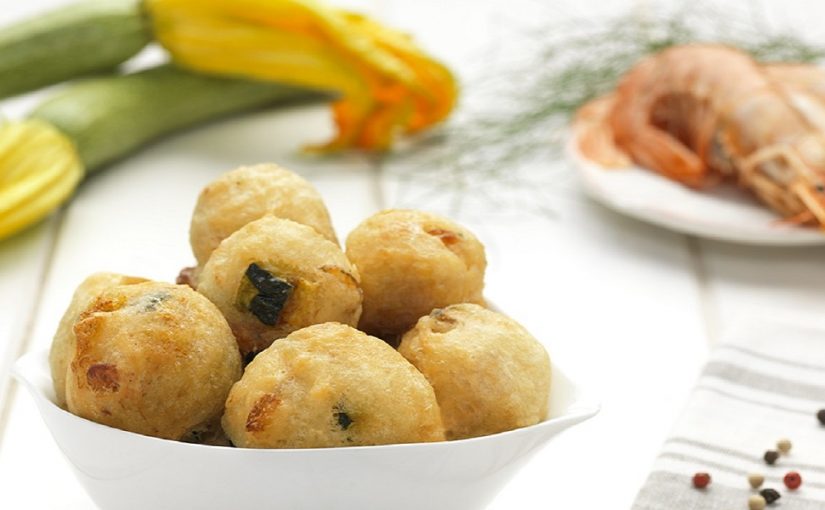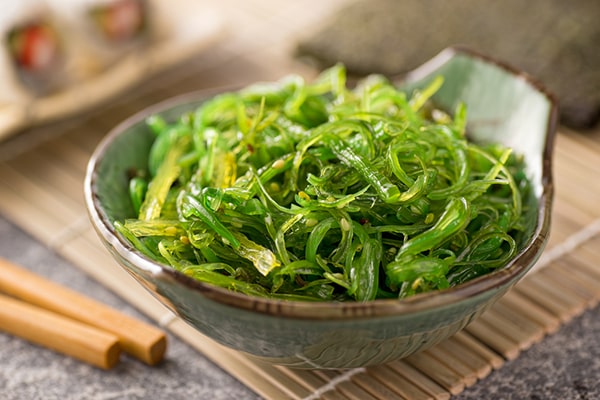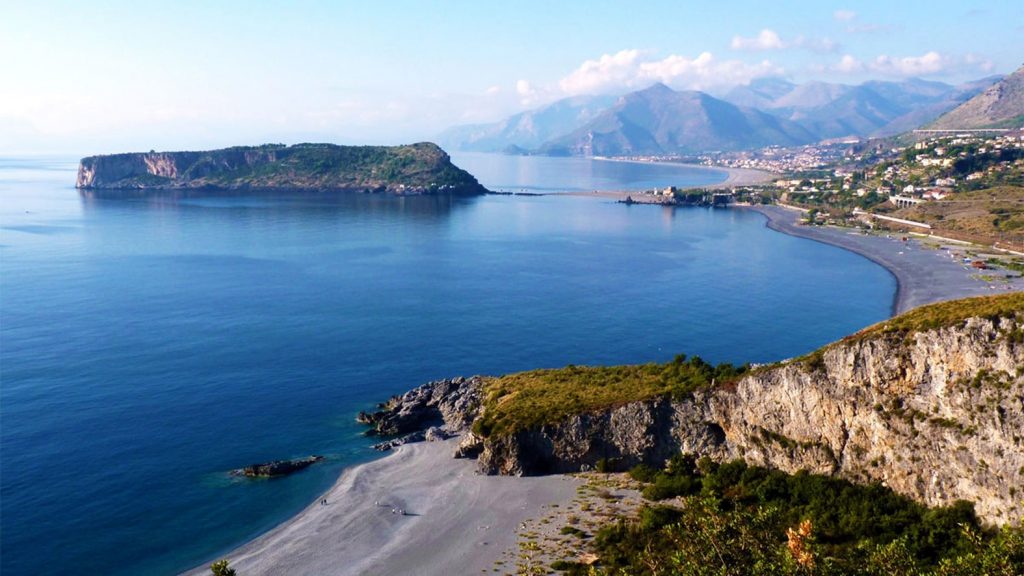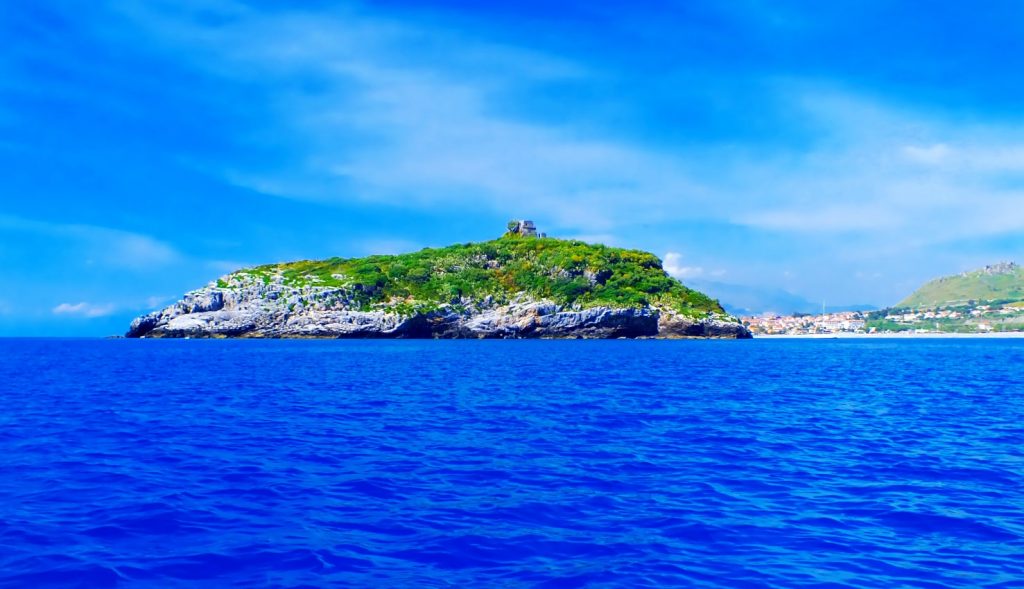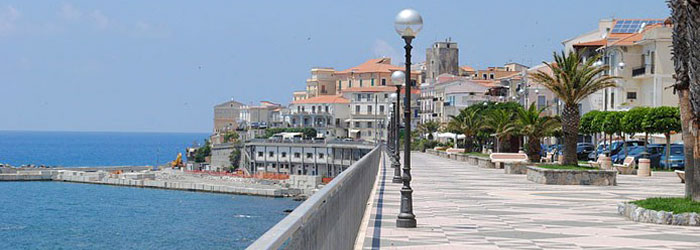20.4.2019
In the memory and imagination of the Mediterranean, nothing is more associated with his diet and the splendid landscape of Calabria than the fascinating scent of oranges.
This natural association of ideas certainly depends on the fact that in Italy the production of citrus fruits and their export (oranges, lemons, mandarins, clementine, bergamot, chinotto) is concentrated in the southern regions and lies on the fact that Calabria produces about a quarter of the national production.
But this truth, together with the fact that the area cultivated with citrus fruits in Calabria is approximately 35 thousand hectares (25% of the national citrus cultivation area) distributed among around 44,000 companies, does not explain all the charm that this food and its gastronomy exerts.
We need to go back to the myth, as well as to history and the economy, to understand something about the fascinating perfume of oranges of this land…
MYTH AND LEGEND
There is a lot of history and legend about the Orange. Particularly, Orange is, symbolically, a Calabrian little sun.
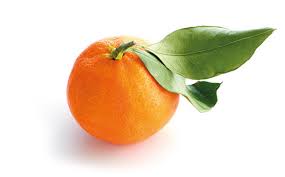
This all-Calabrian fruit, modern but belonging to the noble citrus family, is, maybe, the famous “precious gold of the Garden of the Hesperides”. According to Greek mythology, Hera offered to her husband Zeus some small trees with golden fruits, symbol of fertility and love, that he, for fear that someone stole them, had kept in a garden at the extreme West of the world, guarded by a dragon and by the nymphs Hesperides, girls singing sweet songs and protagonists of many other legends.
Another myth tells of Orange as the precious fruits beloved by Elios, the divinity of the sun, who, after finishing its daily course, went to rest right in the Garden of the Hesperides …
A TREASURE OF BIODIVERSITY
From the myth we have derived some ideas about the preciousness of this flower, the orange flower, capable of producing one of the most famous fruits in the world, but from botany we can also grasp many other information on the treasure of biodiversity that it offers.
Notwithstanding Romans knew the fruit, the European re-discovery of the orange tree dates back, after the medioevum, to a massive Portuguese importation in XIV century from China and Japan, while
the orange tree was just very easy to find in Spain, Greece and Italy, where it was planted, well before the Oriental re-discovery, in IX century by the Arabs and, later, by Genoese merchants.
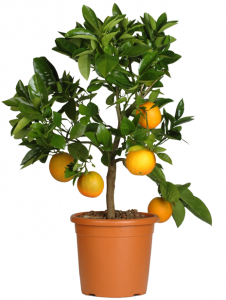
It is, therefore, commonly believed that it was widespread in Italy in the 14th century, particularly in Sicily, where since then the orange groves represent the peculiar Sicilian countryside and where many varieties are cultivated.
In the landscape of countryside immediately outstands this tree of orange, the so-called “citrus aurantium”, a fruit tree that belongs to the genus Citrus (family Rutaceae), which generates a winter fruit (the first oranges can be harvested in November, it is the case of “navelina”, and the last in May-June, the late “valencia”), and which can be up to 10-12 meters high, characterized by elongated and rather full-bodied leaves and by beautiful white flowers.
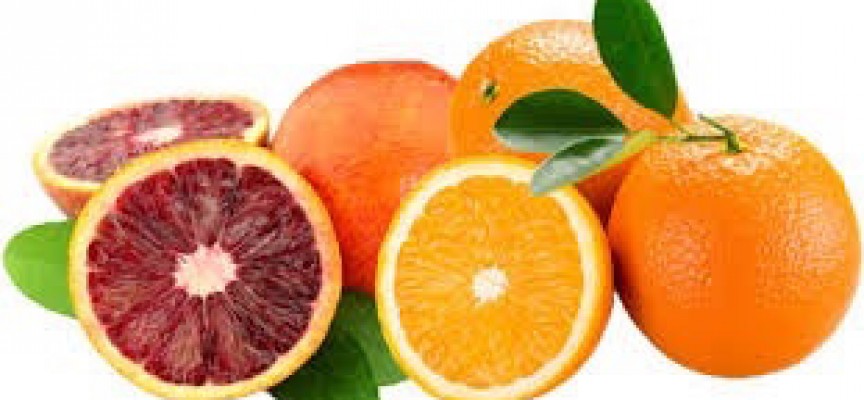
The types of oranges are very varied, but they can be classified according to some characteristics, such as the age of maturation, the acid content, the internal and external coloring. However the commonly used distinction is the following:
- Blond oranges;
- Umbellished oranges (Navel);
- Pigmented oranges.
- Sub-varieties of Blonde Oranges
The different varieties differ from each other by maturation period (from early to late), acidity content, presence of seeds, skin color and pulp. Generally they have a high juice yield and a low limonine content (which gives juices a bitter taste), which is why they are the ones mainly used in the processing industry.
BLOND ORANGES: 1) VALENCIA, 2) BLONDE OF TREBISACCE, 3) BELLADONNA AND 4) OVAL
The Orange Valencia outstands among the other oranges, the Calabrian variety has a spherical shape, medium-small size (140-190 grams), medium thickness peel and light orange color. The flesh, light orange in color, is characterized by good organoleptic characteristics, few seeds and a high yield in juice, which is why production is often destined for industrial processing. The fruits resist for a long time on the plant and the harvesting period starts from March / April and can be prolonged until late summer.
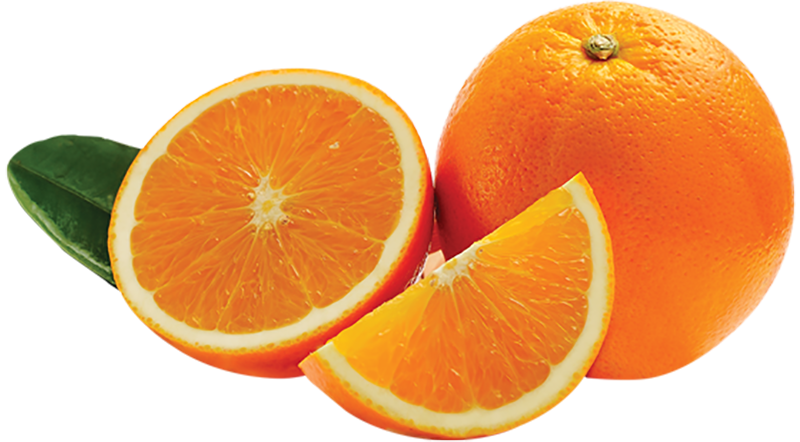
Orange Belladonna is a variety of blonde orange not very common, due to its productive alternation. It has a medium-large size (150-250 grams), orange-yellow and very thick peel. It is a variety of blonde orange with excellent organoleptic characteristics with a very juicy and seedless pulp. The Orange Belladonna is used both for fresh consumption and for industrial processing. With its absence of seeds, a very sweet taste and the possibility of remaining on the tree until June-July, Saint Joseph’s blond oranges were called “the oranges of the tsar” because they prepared the tables of the Russian rulers and notables in the spring-summer period, when they went in vacation to the Crimea. But, after the ‘October revolution’, at the beginning of the 1900s, the journeys of the Russian ships that landed at the Catona bay (Calabria) were interrupted and they ceased to fill the holds with the citrus fruits of Reggio.
The Belladonna orange, also called “ovale di San Giuseppe”, takes its name from the hamlet of Villa San Giuseppe, where it is cultivated above all along the valleys of the Gallico and Catona rivers; it is harvested from May onwards and is a sweet citrus, seedless and much appreciated as well as being an important emblem of Calabrian biodiversity in agriculture. The orange-colored fruit is oval (sometimes sub-ovoid) and apyrene (or has very few seeds, generally from one to three) and has an average size of 7.5 cm of median diameter and up to 8 cm on average longitudinal diameter. It has an average weight of 220gr. The peel thickness is medium (5-6 mm) with a medium papillated surface. The pulp is rich in juice over 51%.
Trebisacce’s Arancia Bionda (likely mutation of the Belladonna orange) is a Calabrian orange variety typical of the high ionian country in the province of Cosenza from which it takes its name. It is a late species whose maturation takes place between March and May in a production area of only 65 hectares. Inserted in Traditional Agri-food products, it is awaiting the coveted I.G.P. certification. Its cultivation techniques have not changed over time. Even the traditional pruning techniques have remained unchanged (pruning is yearly and manual). The undisputed quality of this fruit is its juiciness, characteristic of a sweet and intense taste. Numerous organoleptic properties make it an indispensable ingredient in the kitchen. In the gastronomic tradition of the place, it is common fresh consumption or as an ingredient for a sweet and sour salad along with a fennel, olive oil, sale, black pepper and lemon drops. This Calabrese orange is also used for the preparation of jams, candied fruit, sweets, syrups, granitas and liqueurs.
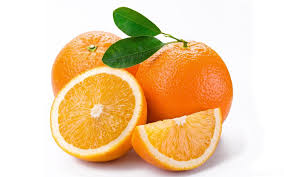
The Calabrese Oval Orange is historically considered as one of the most valuable cultivars. Today the Calabrese Oval Orange appears to be little cultivated due to the low yields compared to the Arancia Valencia. The fruit, as the name suggests, is oval, of medium size (160-200 grams) with a medium-thick peel and a light orange color. The pulp is juicy and has few seeds. Maturation takes place in March and the harvest can be forwarded until May/June.
OMBELICATE OR NAVEL ORANGES: 1) WASHINGTON 2) NAVELINA 3) NEWHALL 4) NAVELATE
These varieties of oranges have at the apex a scar that is called the navel or navel. It is a second partially developed fruit that is incorporated into the main one. These fruits are also seedless, as the flowers are sterile and pollen is not produced. Navel oranges are mainly intended for fresh consumption as they are poorly suited for industrial processing.
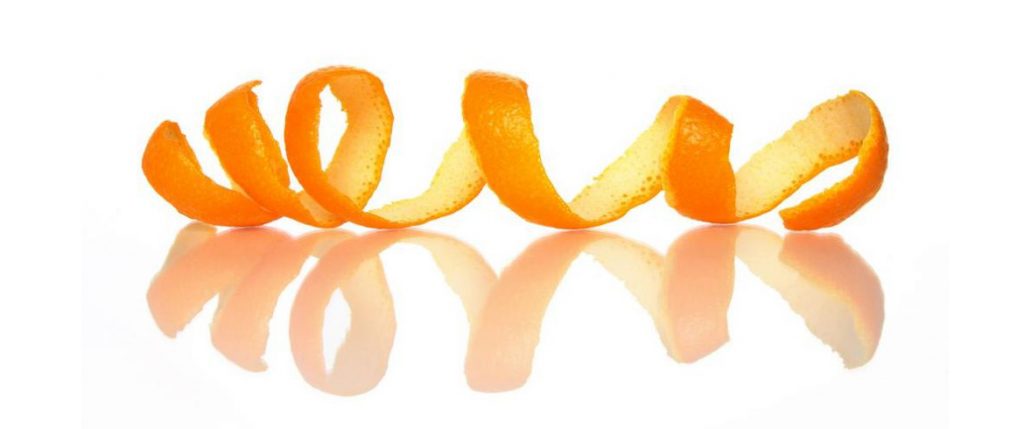
Washington Navel Orange is the forefather of the Navel Oranges and after the Orange Valencia it is the most widespread cultivar in the world. It probably derives from the spontaneous mutation of orange Selecta and only after the introduction in the United States has it known a wide diffusion. Washington Navel oranges have a large size (up to 350 grams), spherical or slightly elongated. The skin is an intense orange color, while the seedless pulp is fine and rather firm. The period of maturation goes from the end of December to March. Today there are several clones of Washington Navel Orange.
Navelina Orange is a mutation native to Orange California and is also called “Early Navel”. The Navelina orange has a smaller size than the Washington Navel. The peel is of an intense orange color with an average thickness, while the flesh, of a firm consistency, has a very pleasant taste. The maturation is anticipated compared to the Washington Navel and can be carried out from November. It resists very long on the plant increasing the sugar content.
Newhall Orange is an orignary mutation of Orange California. It has a high size or medium thickness peel and quite intense orange color. The shape is slightly more elongated than other Navel varieties. The pulp is tender and has good juiciness.
Navelate Orange is a mutation of the Washington Navel. The fruits of Navelate have a medium-high size (200 grams), oval or slightly elongated shape. The flesh is orange, tender and very juicy. It also has an excellent taste. The ripening period is medium-late and the harvest can be extended until June. Its diffusion is limited due to the low productivity compared to some varieties of Blonde Oranges (e.g. Valencia).
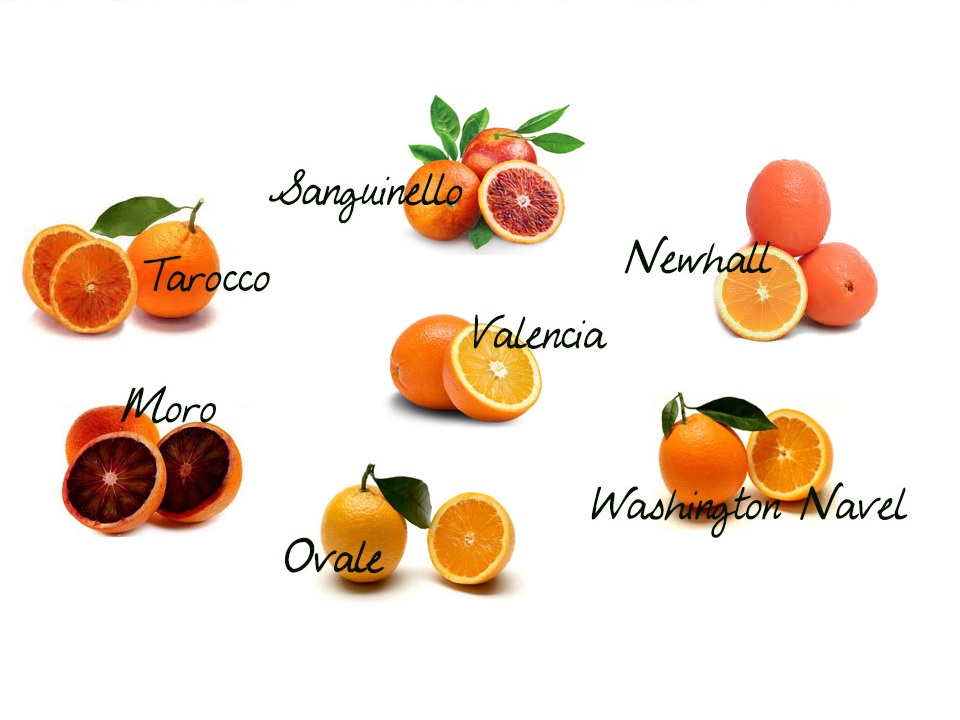
VARIETIES OF PIGMENTED ORANGES (“RED ORANGES”)
The fruits belonging to the varieties of pigmented oranges are characterized by the presence in the skin and in the pulp of red pigments, the anthocyanins. These fruits have a peculiar taste due to the high level of acidity and sugar. Pigmentation is influenced by both genetic factors and environmental factors, in particular the climate. In fact, pigmentation is accentuated when there are strong temperature changes during the day. Furthermore, the fruits of the same variety can present a variable level of pigmentation in different years or in different places of cultivation. The production of red oranges worldwide is limited almost exclusively to southern Italy (Calabria and Sicily) and reaches about 50% of the production of Italian oranges (down compared to the past).
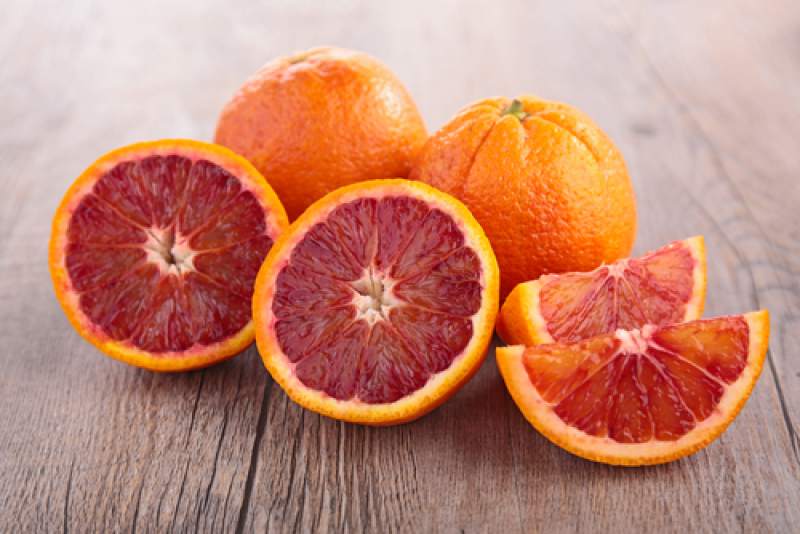
The Orange “Sanguinello” is a variety of red orange, which has experienced a certain diffusion in the past for the good quality of the fruits and for the late ripening period. It has a spherical shape and a medium size (150-200 grams). The peel, of medium thickness, is of an intense orange color with red shades, while the color of the pulp is red and the taste is very good. The citric acid content is high.
The Orange “Moro” is the variety of red oranges that has the highest pigmentation even if in recent years the cultivated area has decreased. It has a globular shape, a medium size (150 grams) and a medium thickness peel. The pulp is dark red, almost purple. The maturation takes place at the beginning of December, but the Moro variety oranges reach the optimal organoleptic qualities in January.
The Orange “Tarocco” represents one of the main specimens of red orange: it entered Italy only in the 17th century, imported from China by a Jesuit monk. We have their own representation by the painter Bartolomeo Bimbi who worked under the Grand Dukes of Tuscany between the seventeenth and eighteenth centuries.
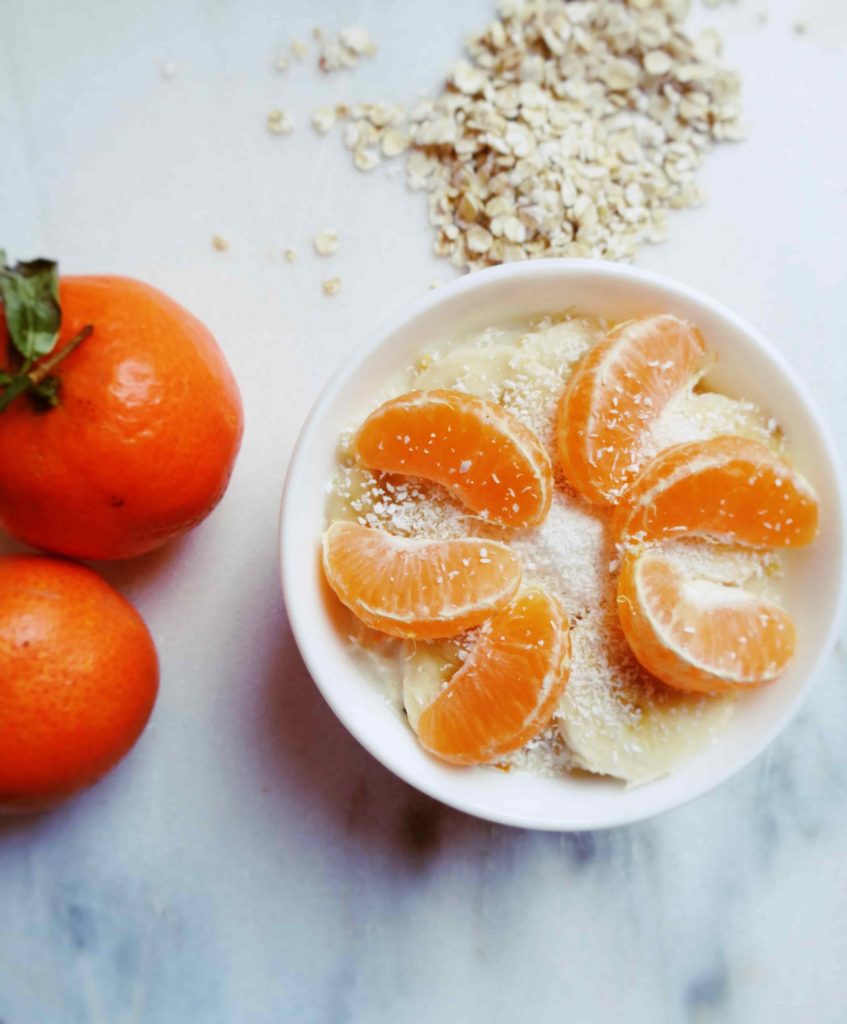
To this variety belong by now numerous clones with different characteristics, such as ripening time, size, pigmentation intensity and organoleptic qualities. The main clones are:
- Tarocco dal Muso
- Tarocco Nucellare
- Tarocco Gallo
- Tarocco Scirè
- Tarocco Cocuzza
- Tarocco Meli
NUTRACEUTICAL PROPERTIES
The normal gastronomic use of oranges is consumption of fresh fruit or of fruit juices, liqueurs, essences for sweets, candied fruit and dried fruit.

From the nutritional point of view, oranges are an important source of vitamins: above all C and A, but also a large part of those of group B, (in particular Tiamina, Riboflavin and in addition to vitamin PP or Niacin). For the daily requirement of vitamin C, just consume 2 or 3 oranges a day. Vitamin C is important first because it helps to strengthen the immune system and thus helps prevent colds and colds.
The vitamin C contained in the orange showed antianemic properties because it favors the absorption of iron, useful for the formation of red blood cells.
The orange is particularly rich in terpenes which, taken regularly in a diet rich in fruit and vegetables, have proved to be very effective in the prevention of colon and rectum cancers.
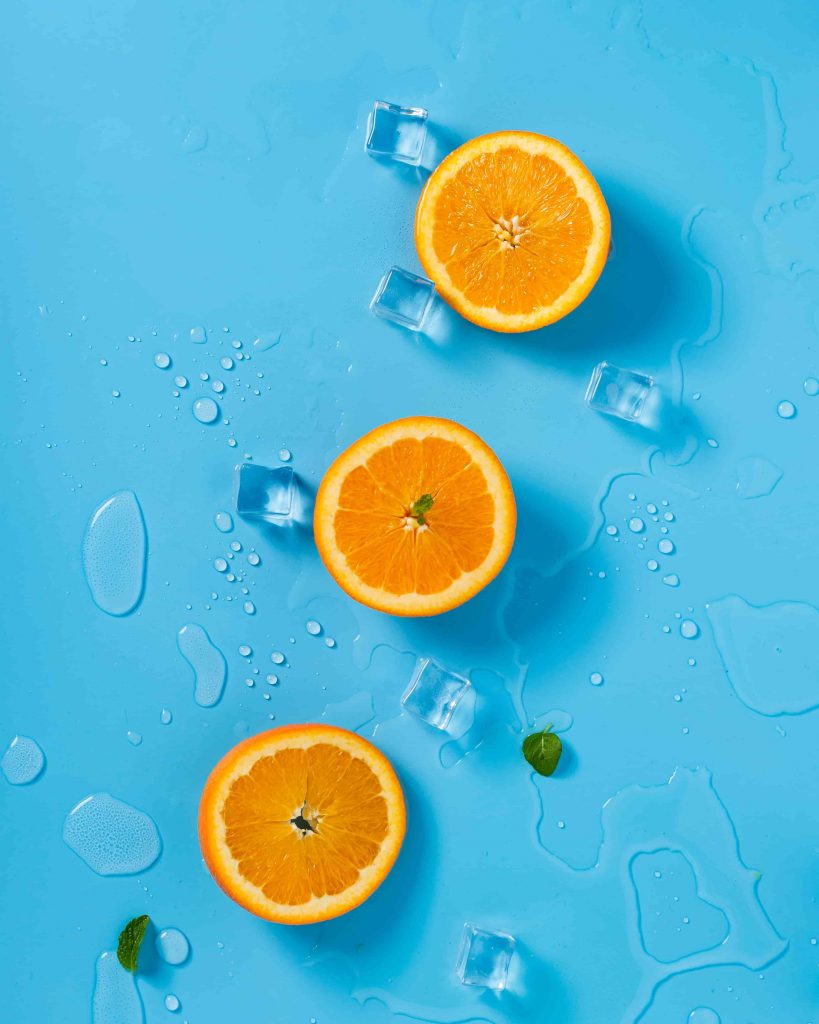
The nutritional values per 100 grams are:
- Edible part: 80 g – 34 Kcal
- Animal protein: 0 g
- Vegetable proteins: 0.7 g
- Carbohydrates: 7.8 g
- Fats: 0.2 g
- Fibers: 1.6 g
- Iron: 0.2 mg
- Calcium: 49 mg
- Vitamin C: 50 mg
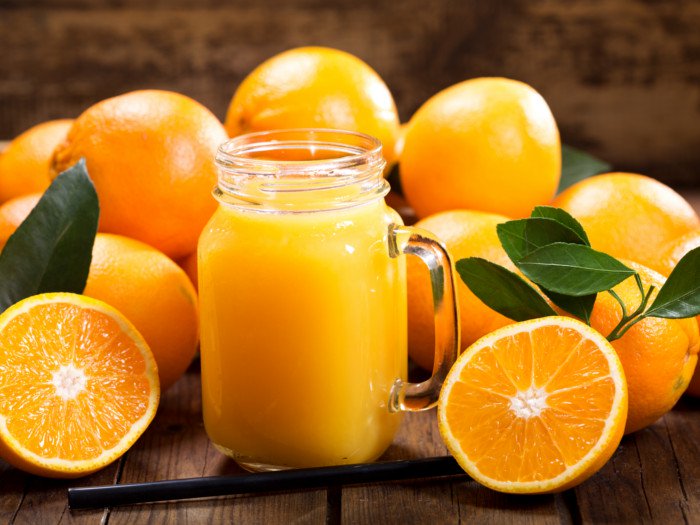
As for the therapeutic properties of the oranges, most of the vitamin C is found in the albedo of the skin and in the white films that cover the segments. In fact, the juice contains just over 25%.
Oranges have few calories, only 47 kcal per 100g; Furthermore, these calories are absorbed very slowly. In fact the glycemic index is low (average 42), as is very low the glycemic load (34).
Regular consumption of oranges can:
- Prevent Cancer;
- Prevent kidney stones;
- Prevent rheumatoid arthritis;
- Help produce hemoglobin;
- Help against constipation;
- Help Digestion;
- Reduce nasal passages;
- Lower the pressure;
- Strengthen Bones and Teeth;
- Keep tissues healthy.
TASTE THE DIFFERENCE, TASTE THE CALABRIAN ORANGES!


